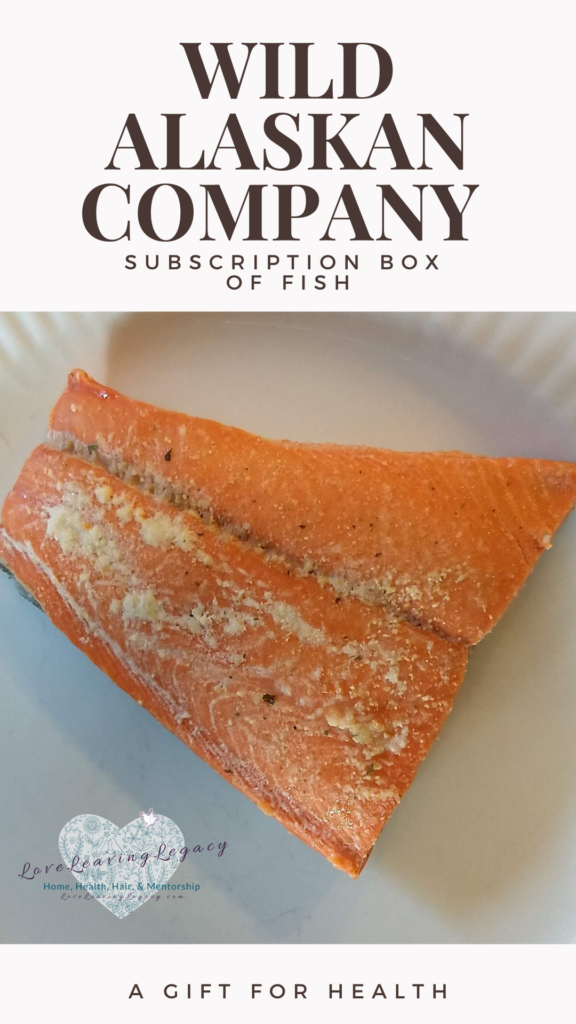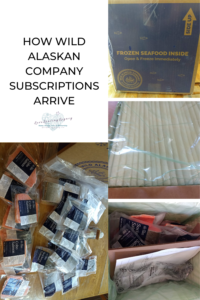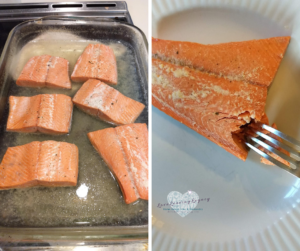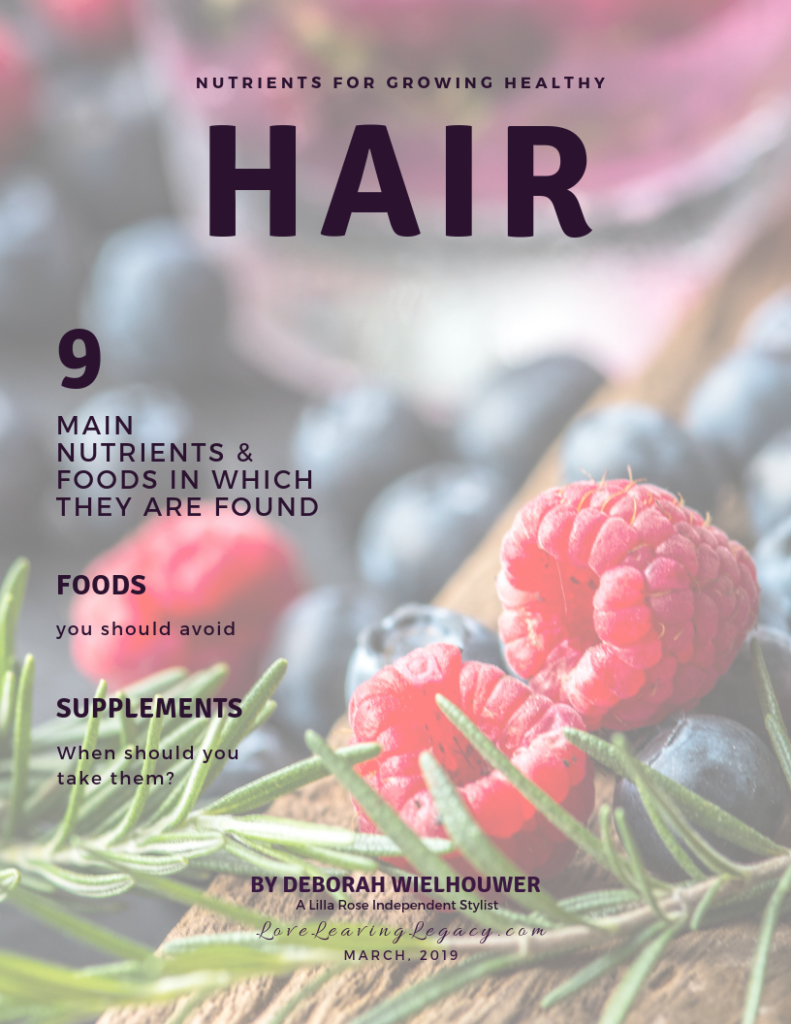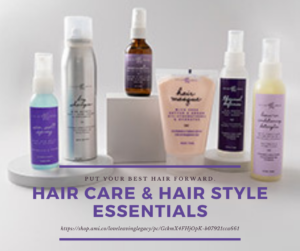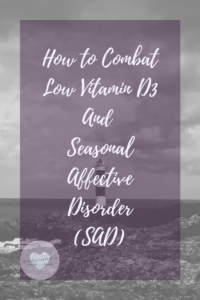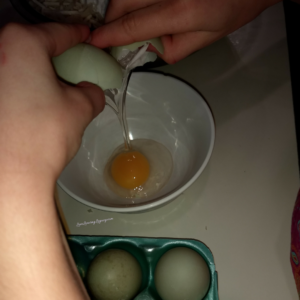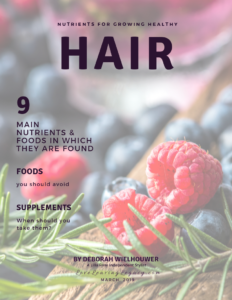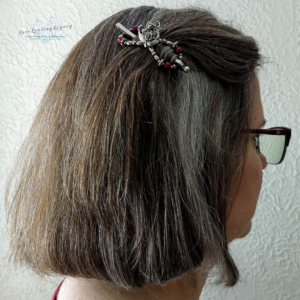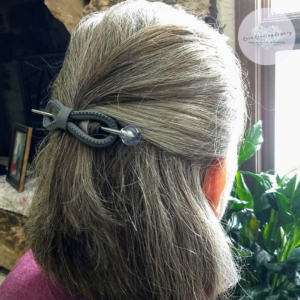Heading Back To School: Tips On How To Prevent Head Lice
Many years ago, when our daughters were early elementary age, our family somehow got a nasty case of head lice. We’d been traveling and have no idea where the head lice came from. In the treatment of that episode of lice, and in one subsequent episode, we learned a lot about how to prevent and treat the itchy, annoying affliction. Here are some tips as children are heading Back To School.
Head lice is common between the ages of 3-11 years since these are day care to elementary aged kids, and most at risk. They are also the population who don’t understand the importance of prevention. Lice is a parasite that drinks human blood. They are most often found behind the ears and lower neck. Bites leave signature rashes there, and a case of head lice is very itchy, especially at night. Find out what head lice looks like and the stages of development over on WebMD.
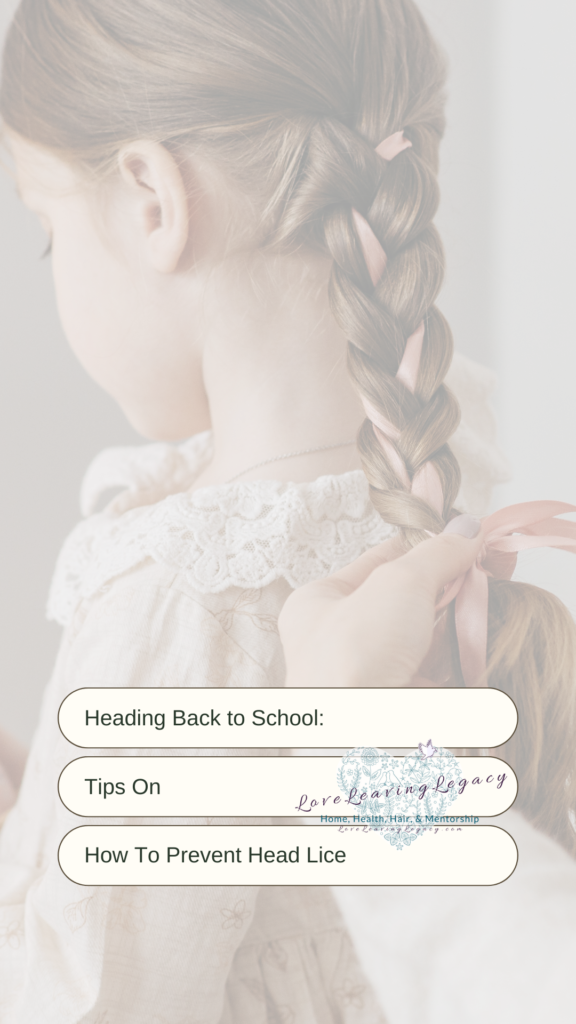
Head lice is passed from head to head/hair to hair touching. On upholstered furniture in public places, such as movie theater seats, or lying on rugs in a classroom or library, it is possible to transfer head lice.
How to avoid getting head lice
- No sharing combs, hats, scarves, or hair accessories.
- No sharing pillows or bedding at sleep overs or at camp.
- No sharing ear buds and helmets.
- Wash and high heat dry new hats after purchase before wearing.
The next step in prevention is what to do once you suspect your children or you could have been exposed. Be sure to wash all possible exposed clothing, coats, hats, scarves, etc in hot water and high heat dry. Do the same with stuffed animals and bedding if possible. If it’s not possible, seal them in a plastic bag for three or more weeks. We did the same with combs, brushes, and hair accessories. Admittedly, I over reacted and boiled our combs each day. They sort of melted.
Another tip for prevention is to keep longer hair tied back in a pony tail or braid, or pinned up in a bun.
Washing your child’s hair with tea tree shampoo and conditioner, and the heat of blow drying also helps to kill any possible lice. Keeping your child’s environment clean helps control any spread of the lice should your child get it. Be sure to keep carpets and car seats well vacuumed each day. I found the biggest asset to the whole ordeal of our children having head lice was that we got our house clean and organized because I became obsessive about vacuuming and laundry.
Twice daily combing with a head lice nit comb scrapes any nits down the hair shaft and away from the scalp. We did use RID for our daughters’ first stint with head lice. The lice weren’t necessarily killed. We had to do a second treatment. Their hair got fried, and their scalps were dry.
A nurse friend with ties to a nurse at the local health department also advised us to use olive oil during nit combing. Once we were diligent with combing and using olive oil to comb, washing with tea tree oil shampoo and conditioner, and blow drying, the ordeal was fortunately contained. The olive oil may have done nothing more than restore our daughters hair to good health.
Unfortunately, the girls report that the smell of olive triggers bad memories for them, and the only good thing about having lice was that we let them watch movies while we nit combed endlessly.
Here are examples of the products we used.
DISCLOSURE: These are affiliate links which means I earn a small compensation to support this blog if you make a purchase through these links. There is no added cost to you. We are independently owned and the opinions expressed in this post are my own.
I hope this helps you prevent lice in your own home, and manage it if your child ends up with a case of it.

PS. Want inside info on Lilla Rose hair jewelry sales and upcoming events?
Join me on my LoveLeavingLegacy Facebook page
or
Where I Now Blog About Lilla Rose Hair Accessories & Products, Hair Styling, and Hair Care On Sassy Direct.




